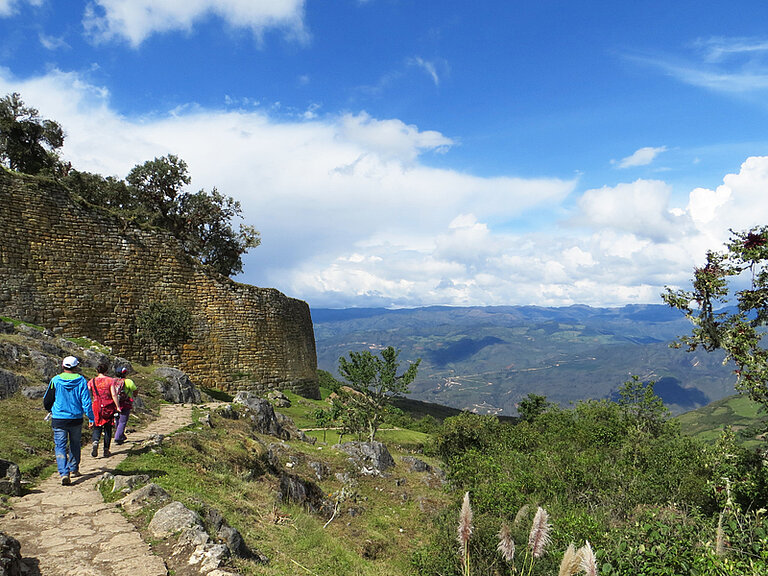DNA analysis of present-day populations in the Chachapoyas region of Peru indicates that the original inhabitants were not uprooted en masse by the Inca Empire's expansion into this area hundreds of years ago
The Chachapoyas region was conquered by the Inca Empire in the late 15th century. Knowledge of the fate of the local population has been based largely on Inca oral histories, written down only decades later after the Spanish conquest. The Inca accounts claim that the native population was forcibly resettled out of Chachapoyas and dispersed across the Inca Empire. However, a new study in Scientific Reports, by an international team including researchers from the Max Planck Institute for the Science of Human History, uses genetic evidence to reveal that despite Inca conquest, the population of Chachapoyas has remained genetically distinct, and not assimilated with that of the Inca heartland. Mark Stoneking of the Max Planck Institute for Evolutionary Anthropology in Leipzig was also part of the research team.
